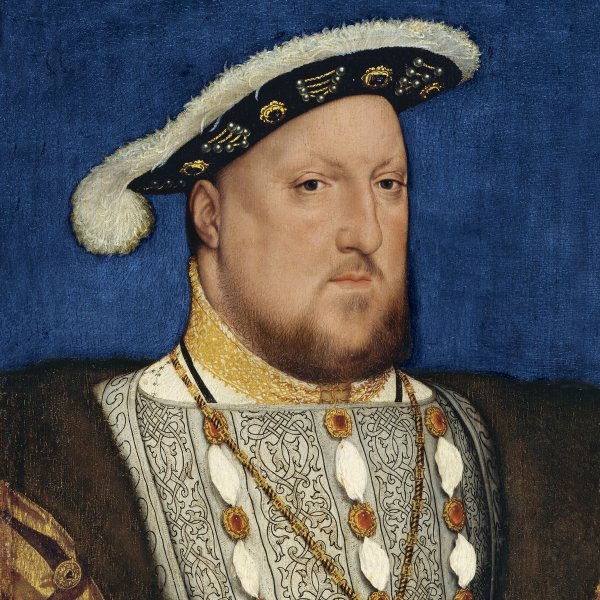Hans Holbein the Younger
Trained in his native city, this German painter and printmaker was taught by his father Hans, as was his brother Ambrosius. In 1515 he was in Basel where he illustrated books, an activity that allowed him to make contact with the humanists in that city, in particular Erasmus. Between 1517 and 1519 Holbein lived in Lucerne in order to work on the decoration of the private residence of the Hertenstein family. In 1519 he was once again in Basel, where he registered with the painters’ guild and acquired citizenship the following year. Between 1523 and 1524 he visited France and the Low Countries. In 1526 Holbein moved to England, bringing a letter of presentation from Erasmus written to Thomas More, Lord Chancellor to Henry VIII. During this brief stay the artist produced few commissions, including a series of portraits, among them one of the Moore family. That work is now lost but is known from a drawing in the Öffentliche Kunstsammlung in Basel and from the splendid Portrait of Thomas More of 1527 (Frick Collection, New York). In 1528 Holbein was back in Basel, where he produced various works and completed the decoration of the lobby of the Town Hall that he had begun during his previous stay. However, the prevailing atmosphere in the city and the influence of the Reformation had reduced the number of commissions available. In the summer of 1532 Holbein returned to London, where he found a more promising situation. His first clients during this second trip were members of the German community. Thomas Cromwell helped the artist by introducing him to the court and Holbein was working for Henry VIII in 1536. Dating from this period are his portraits of The Ambassadors Jean de Dinteville and Georges de Selve of 1533 (National Gallery, London), of Henry VIII, of members of the court, such as Sir Richard Southwell (Galleria degli Uffizi, Florence), as well as Edward, Prince of Wales (National Gallery of Art, Washington). Holbein died of the plague in the outbreak that swept London in 1543.





